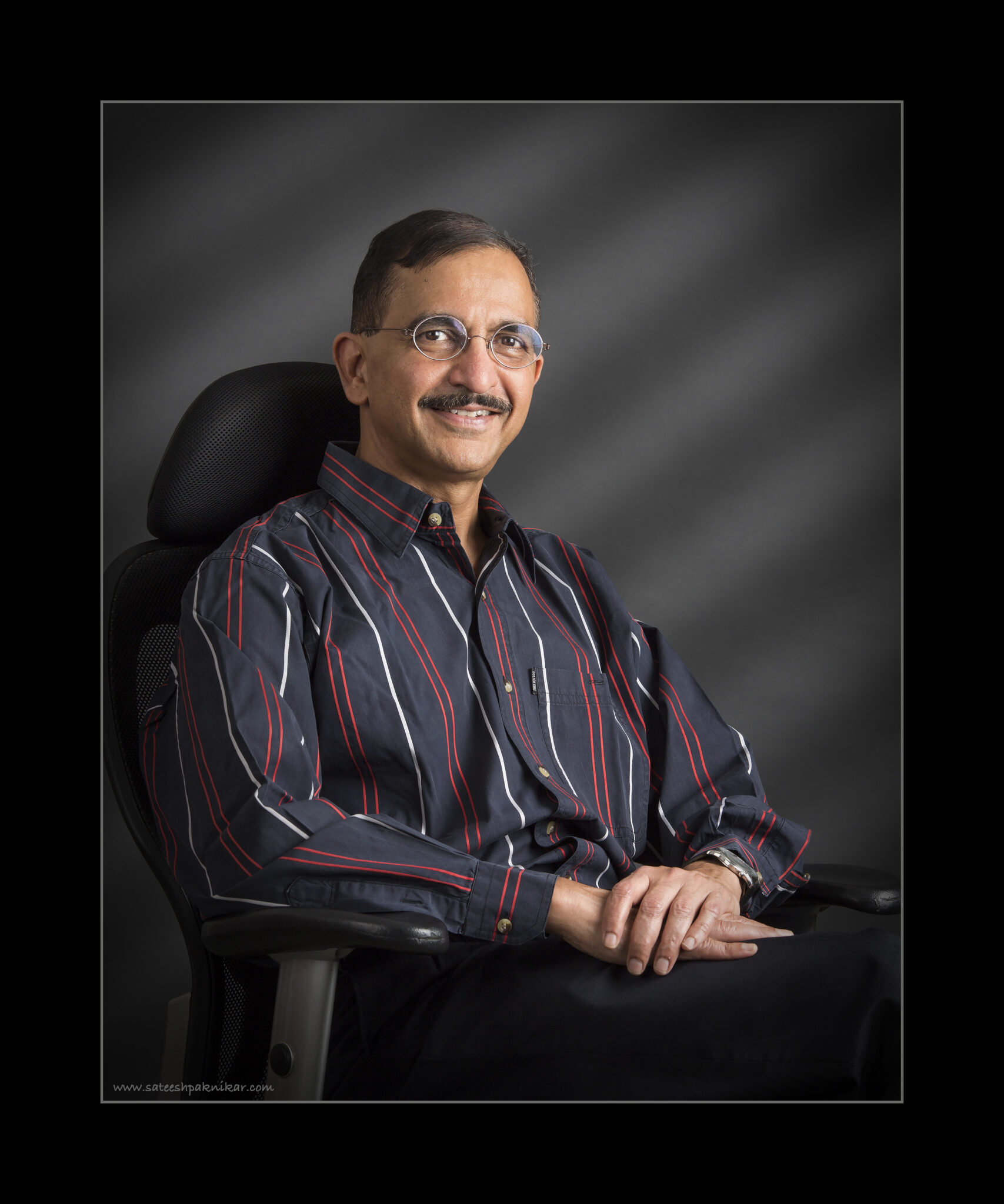Invited Speakers
INVITED SPEAKERS
Prestigious international invited speakers will present their work during the SCINT2024 Conference

YUNTAO WU
Shanghai Institute of Ceramics of the Chinese Academy of Sciences(China)
Recent Advances in Halide Scintillators
Prof. Yuntao Wu received the Ph.D from the Shanghai Institute of Ceramics, Chinese Academy of Sciences (SICCAS) in 2012. From 2012 to 2014 he was with the SICCAS as an Assistant Professor. In 2014, He joined the Scintillation Materials Research Center at the College of Engineering, University of Tennessee (UT), as Postdoctoral Research Associate. He then joined the Materials Science and Engineering Department at UT as Research Assistant Professor in 2017. Since 2019, he has been with the SICCAS, where he is Full Professor and the Deputy Director of Artificial Crystal Research Center.
His main research activities concern the R&D of scintillation materials. He published more than 150 papers in international journals, two books, and 15 patents in this area. He received the prestigious Radiation Instrumentation Early Career Award of IEEE Nuclear and Plasma Sciences Society. He serves as Associate Editor for IEEE Transactions on Nuclear Science, Associate Editor for Radiation Measurements, editorial board for Frontiers in Nuclear Engineering, Associate Editor for special issue of “SCINT2019” and “Nuclear Batteries” for IEEE Transactions on Nuclear Science, and Young Expert for Radiation Detection Technology and Method.

Maksym Kovalenko
ETH Zurich
(Switzerland)
Highly luminescent perovskite nanocrystals as scintillators: challenges and opportunities
Maksym V. Kovalenko is a full professor of Functional Inorganic Materials at ETH Zurich. He completed doctoral studies at the University of Linz (Austria, 2004-2007) and postdoctoral training at the University of Chicago (USA, 2008-2011).
Kovalenko’s research activities focus on chemistry, physics, and applications of inorganic solid-state materials and nanostructures. In particular, present research efforts concern (i) the precision synthesis of highly luminescent perovskite nanocrystals, (ii) nanocrystal surface chemistry, (iii) nanocrystal self-assembly, (iv) exploration of novel semiconductor materials by solution- and solid-state synthesis, (iv) novel semiconductors for hard radiation detection; (iv) electrochemical energy storage.
He is also affiliated with Empa (Swiss Federal Laboratories for Materials Science and Technology). To date, Maksym Kovalenko has published ca. 400 scientific articles, co-authored 3 book chapters, and is listed as an inventor on 14 patents. He is a Clarivate Highly Cited Researcher since 2018. He has been awarded the ERC Consolidator Grant (2018), ERC Starting Grant (2012), Ruzicka Preis (2013), Werner Prize (2016), Rössler Prize (2019) and Dan Maydan Prize (2021).

Han Limburg
Medusa Radiometrics B.V.
(Netherlands)
Scintillators in the wild – the present and future of gamma-ray sensing in geophysical applications
Dr. J. (Han) Limburg. PhD in Atomic Physics (summa cum laude, 1996, Nuclear Accelerator Institute, Groningen NL); Founder and director of Medusa Radiometrics – a university spin-off company specializing in producing gamma-ray spectrometers for geophysical applications such as mapping agricultural cropfields (precision farming), locating ores and minerals (mining) and surveying polluted areas. Such applications impose very specific requirements on the robustness and ease of use of the spectrometer technology used and on the quality of the (spectral) analysis algorithms applied to extract information from the gamma-ray data. These subjects: improving detector and data processing technology lie at the heart of the companies R&D which is headed by dr. Limburg.

Benoit Sabot
Université Paris-Saclay, CEA, LIST, Laboratoire National Henri Becquerel, Palaiseau
(France)
Needs and trends in scintillation for radionuclide metrology
Dr Benoit Sabot. The metrology of radionuclides involves the development of sophisticated instruments for their precise measurement and the establishment of national metrology standards. Benoit Sabot, after completing his thesis on radon metrology at the Atomic Energy Commission (CEA) in the National Laboratory Henri Becquerel (LNHB) between 2012-2015, was hired as a researcher in the same national metrology institute. Since then, he has been developing measurement methods based on liquid scintillation, particularly for on-site calibrations of radiopharmaceuticals, such as the portable Triple to Double Coincidence Ratio (TDCR) device.
Today, liquid scintillation techniques are becoming too limiting, and new innovative scintillating materials are needed to adapt measurements to the varied physical states of radionuclides. This is why he has decided to get involved in the use of new scintillators such as porous scintillators for radioactive gases developed within the framework of SPARTE, particularly by developing new metrological characterization methods and suitable instrumentation.

Vivek Nagarkar
Radiation Monitoring Devices, Inc., Watertown (USA)
Scintillators for Neutron Detection and Imaging
Dr. Nagarkar Ph.D. in Physics developed a system to study 2D Angular Correlation of Positrons using High Density Multiwire Proportional Chambers. As a visiting scientist at MIT during 1986-87, Dr. Nagarkar continued his work on gamma-gamma angular correlation measurements and developed a fast-slow positron lifetime spectrometer for condensed matter physics studies.
Over the past 35 years, Dr. Nagarkar has been involved in R&D of advanced scintillators, radiation detection, and imaging, with an emphasis on materials and instrumentation aspects in nuclear science and medical imaging.
As a founding member of the research team that developed the micro-columnar CsI(Tl) films at RMD, Dr. Nagarkar brought this technology from research level to production, contributing towards establishing it as the gold standard in digital radiography and dynamic X-ray imaging. This research led to the development of numerous other scintillators in large area forms, including LaBr3:Ce, LuI3:Eu, and Lu2O3:Eu for spectroscopy and imaging applications such as PET, SPECT, and interventional radiology.
Dr. Nagarkar has since expanded his research into ultra-high frame rate X-ray imaging, novel scintillation materials for neutron, gamma-ray, and charged particle imaging, and semiconductor sensors for photodetection. Hehas published over 200 research papers and holds over 40 patents. He is currently the Vice President of RMD, a renowned R&D company in Boston, USA.
